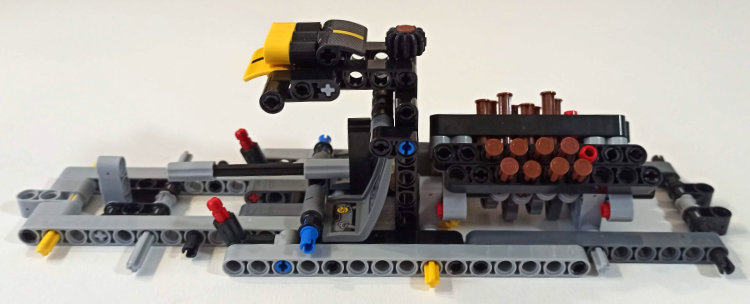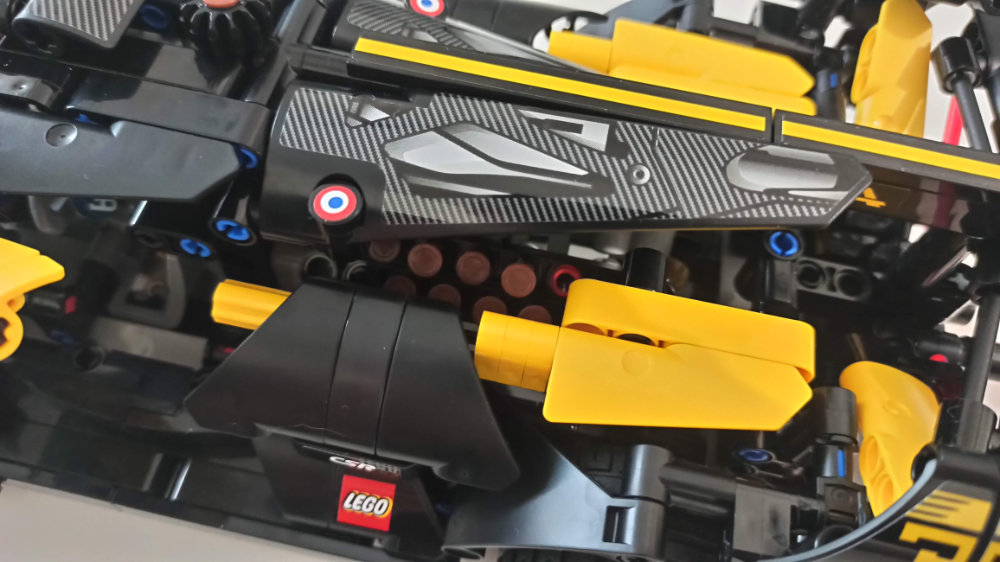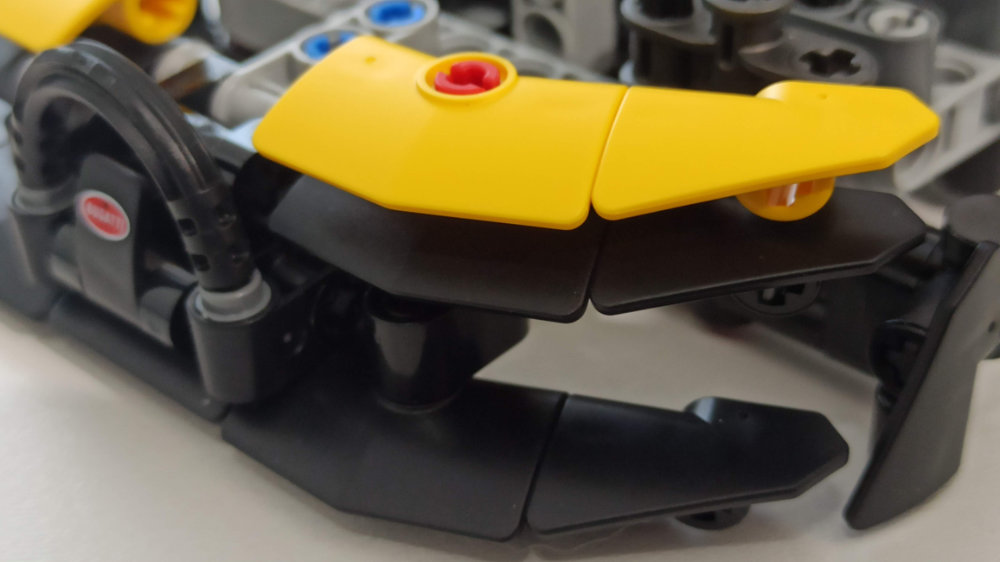Set Review – 42151 Bugatti Bolide
El 42151 Bugatti Bolide adds to a growing series of cars in the same scale. Previous models include the 42138 Ford Mustang Shelby GT500 (2022), 42123 McLaren Senna GTR (2021) or 42093 Chevrolet Corvette ZR1 (2019). I think this is a very interesting trend as traditionally Technic models are built to whatever scale best fits the particular functions and price point the designers have in mind.
This model weighs in at 905 pieces and measures 31cm (12’’) and costs around 50 EUR/USD.

As part of its move to making more sustainable products, LEGO has cut down on the amount of ink it uses for printing, This means that the cover (and interior) of the instruction booklet features more white. While some feel this makes the model look less appealing in the booklet I find it generally makes it easier to identify parts and their placement in the model.

Alternatively, you can scan the code on the booklet and use the digital instructions, although at the time of writing this review those are not available yet.
Overall, building this set was a very nice experience. I didn’t have high expectations for the set since I felt it might be relatively similar to other sets I had built in the past, but I was pleasantly surpised to find a number of interesting techniques.
My favourite part of the construction was the 16 cilynder enngine. I remember not ejoying it very much when I built the Bugatti Chiron back in 2018. Of course that was a very different model, if only because of the scale. In this case the technique used to build the crankshaft and the choice of piston (3L axles with stop) results in an engine that actually has 4 different piston states (as opposed to the 2 you get with the piston blocks). Add to that the offset of the two rows of pistons o either side of the engine and you can actually see 8 different piston positions on either side as you turn the engine.

In addition, in the 2018 Bugatti Chiron the engine block was covered in such a way that it was virtually impossible to see the pistons. This time, the engine block is covered by panels that are only attached on one side (to create the necessary curve in the model) and lifting one of those panels allows you to see the pistones with more detail.

Since the set is linked to a licence, I also expected a rather big sticker sheet. Although some of the smaller stickers are not very easy to place perfectly straight, the only ones I really disliked placing were the 8(!) stickers numbered 20 that go on the rear of the model and were quite tricky to place correctly. Fortunately, the panels that serve as wheel hubs at the front of the car – the stickers I was most dreading to apply – turned out to be printed pieces.

The model also contains a number of new panels. The following image shows two of these panels being used in the front of the car. I was surprised to see the angled panels that make up the front spoiler are slightly longer than the existing panels on either side.

Overall, the model was a very enjoyable build and a nice addition to my collection of similar sized cars. I look forward to seeing more models in this style over the coming years.
We thank LEGO for providing this set. Our opinions are just that… our opinions
33553